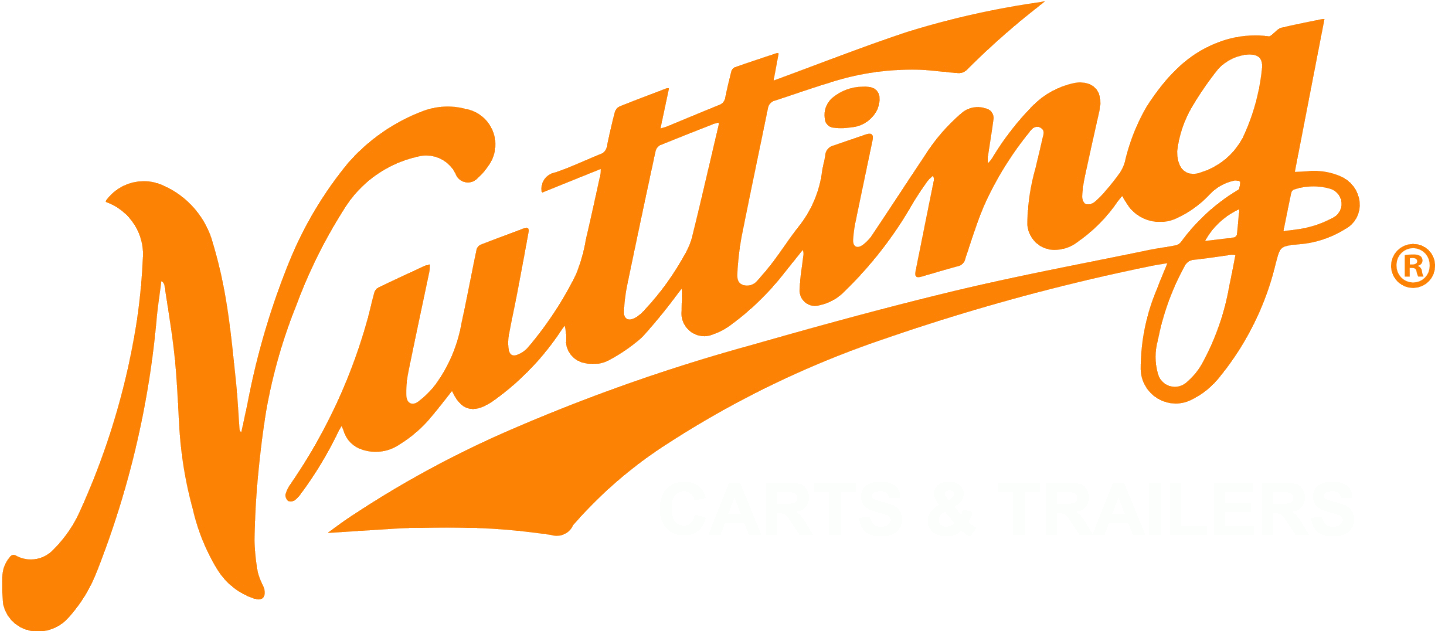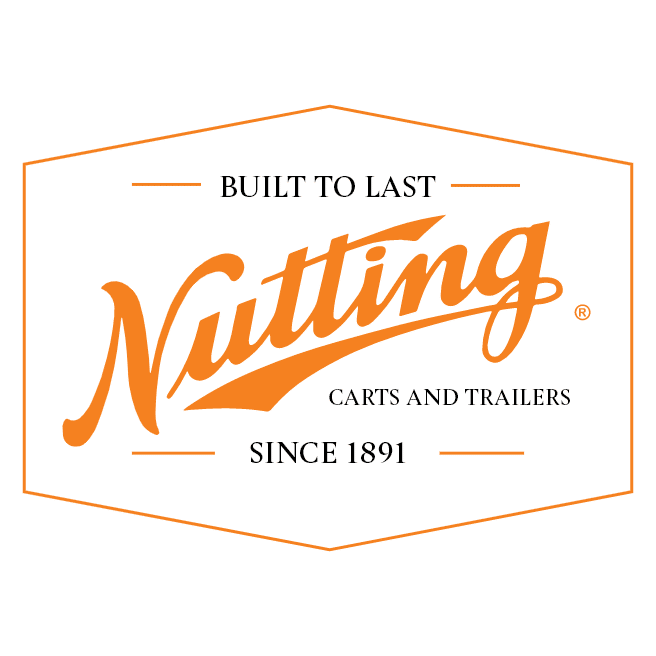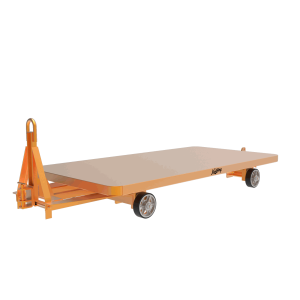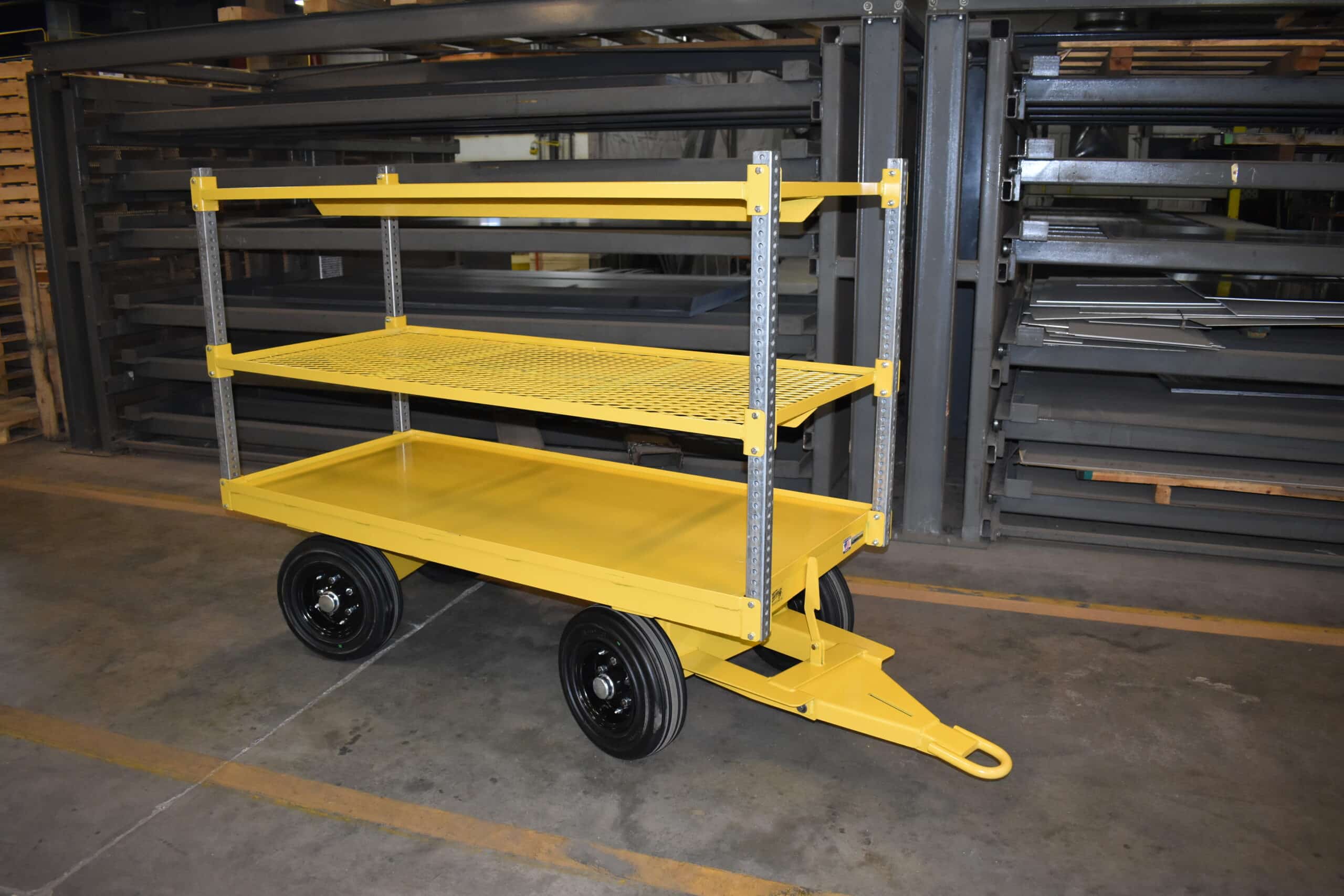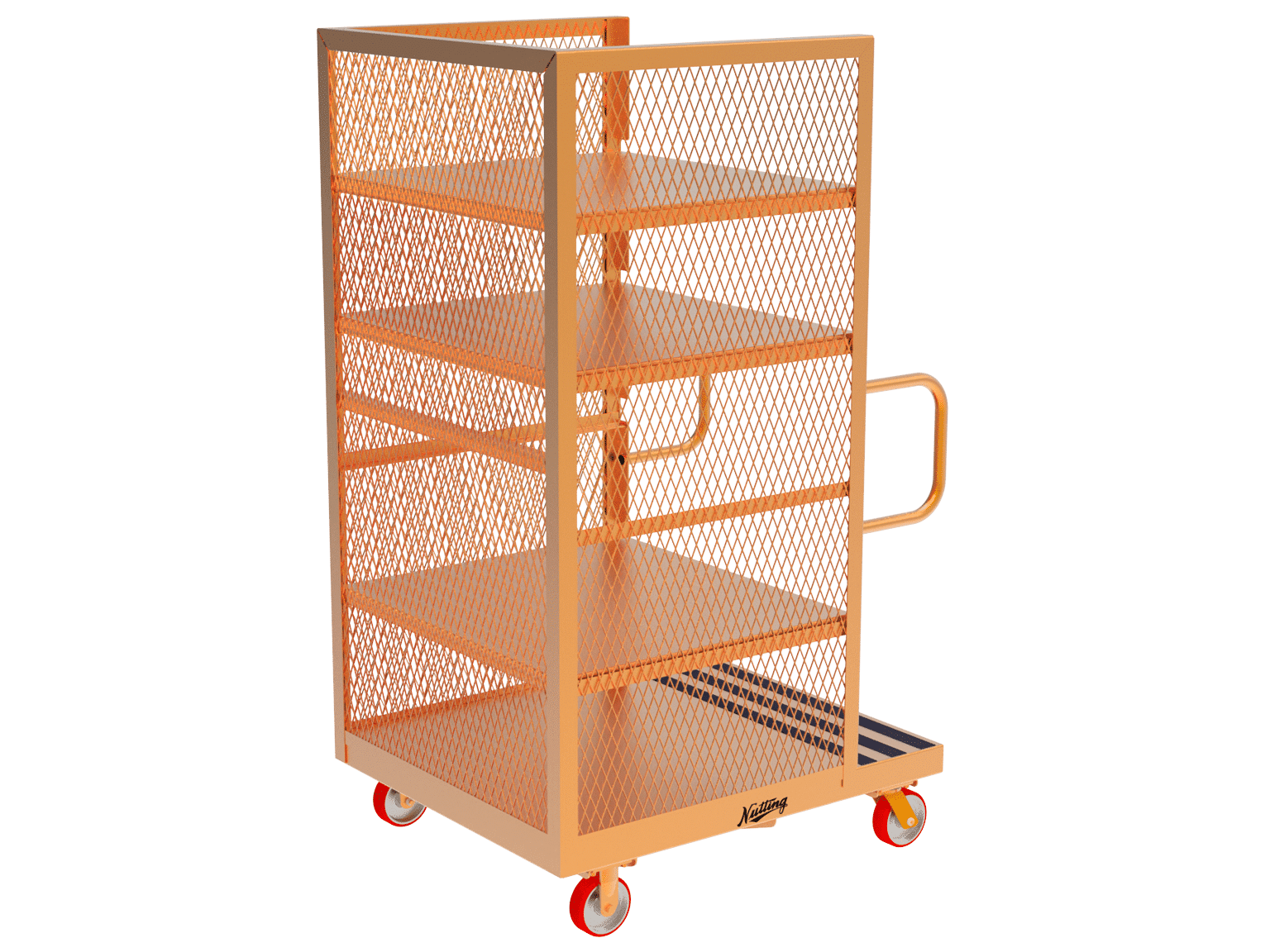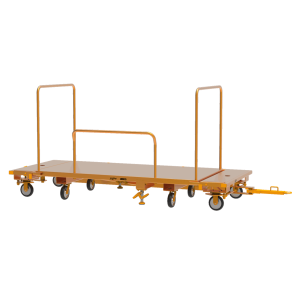In this detailed guide, we will delve into the NIOSH Lifting Equation, a crucial tool used to assess the risk of lifting-related injuries in the workplace. As a leader in providing high-quality ergonomic solutions, we aim to help you understand the NIOSH Lifting Equation thoroughly and implement it effectively in your workplace. By optimizing your lifting practices, you can significantly reduce the risk of musculoskeletal disorders (MSDs) and enhance the overall well-being of your workforce.
Introduction to NIOSH Lifting Equation
The National Institute for Occupational Safety and Health (NIOSH) developed the NIOSH Lifting Equation as a standardized method to evaluate manual lifting tasks. The equation takes various factors into account to determine the Recommended Weight Limit (RWL) and the Lifting Index (LI) for a specific lifting task.
To learn more about the NIOSH Lifting Equation and its comprehensive background, we highly recommend referring to the official resource provided by the Centers for Disease Control and Prevention (CDC). You can access the detailed document at the following link: NIOSH Lifting Equation – Technical Documentation.
The Components of NIOSH Lifting Equation
Horizontal Location: The distance of the load from the worker’s body, affecting the biomechanics of the lift.
Vertical Location: The height from which the worker lifts the load, influencing the biomechanical stress.
Distance from the Body: The distance between the load and the worker’s body, impacting the level of strain during the lift.
Frequency of Lifting: The number of lifts performed per minute or hour, affecting fatigue and stress on the body.
Coupling: The ability to hold the load close to the body, reducing the biomechanical load during lifting.
Asymmetry: The extent to which the load deviates from the vertical axis, affecting the balance and stress on the body.
Understanding the NIOSH Lifting Equation
The NIOSH Lifting Equation helps in determining whether a lifting task is within safe limits or poses a risk of injury to the worker. By calculating the Recommended Weight Limit (RWL) and the Lifting Index (LI), employers can identify potential hazards and take necessary measures to mitigate risks.
Calculating the Recommended Weight Limit (RWL)
RWL = LC × HM × VM × DM × AM × FM × CM
Where:
LC (Lift Constant): A value representing the percentage of the population that can perform the lifting task without any risk of injury.
HM (Horizontal Multiplier): Accounts for the horizontal distance between the worker and the load.
VM (Vertical Multiplier): Factors in the vertical distance of the lift.
DM (Distance Multiplier): Considers the distance of the load from the worker’s body.
AM (Asymmetric Multiplier): Addresses the asymmetry of the load during lifting.
FM (Frequency Multiplier): Incorporates the frequency at which the lifting task is performed.
CM (Coupling Multiplier): Reflects how effectively the worker can hold the load close to the body.
Calculating the Lifting Index (LI)
The Lifting Index (LI) is another essential component of the NIOSH Lifting Equation. It compares the weight of the load to the RWL, providing an indication of the risk level associated with the lifting task.
LI = Load Weight / RWL
A Lifting Index value greater than 1.0 indicates that the lifting task may pose an increased risk of injury to the worker.
Use our calculator below to easily find your Recommended Weight Limit and your Lifting Index.
RWL and LI Calculator
Implementing NIOSH Lifting Equation in Your Workplace
To ensure the safety and well-being of your employees, it’s crucial to integrate the NIOSH Lifting Equation into your workplace practices. Follow these steps for effective implementation:
Step 1: Identify Lifting Tasks
Identify all manual lifting tasks performed in your workplace. Categorize them based on their frequency, weight, and other relevant factors.
Step 2: Gather Necessary Data
Collect data for each lifting task, including the weight of the load, horizontal and vertical distances, distance from the body, and the frequency of lifting.
Step 3: Calculate RWL and LI
Using the NIOSH Lifting Equation, calculate the Recommended Weight Limit (RWL) and the Lifting Index (LI) for each lifting task.
Step 4: Evaluate Risk Levels
Assess the risk levels associated with each lifting task based on the Lifting Index (LI) values. Prioritize tasks with LI values greater than 1.0 for immediate attention.
Step 5: Implement Ergonomic Solutions
Implement ergonomic solutions to reduce the risk of injury in tasks with LI values exceeding 1.0. Consider using lifting aids, adjusting task parameters, or redesigning workstations to improve safety.
When it comes to reducing the risk of injuries during manual lifting tasks, industrial carts can play a crucial role. These carts are designed to facilitate the transportation of heavy loads efficiently and safely. By using industrial carts in combination with adhering to NIOSH lifting requirements, employers can significantly minimize the physical strain on workers and prevent musculoskeletal injuries.
Step 6: Training and Education
Provide comprehensive training to employees on proper lifting techniques, ergonomic practices, and the importance of adhering to safe lifting guidelines. Educate them on how industrial carts can be effectively utilized to reduce the need for manual lifting and enhance overall safety.
Step 7: Regular Review and Improvement
Regularly review the effectiveness of implemented solutions and make improvements where necessary. Continuously monitor lifting tasks to ensure they remain within safe limits. Encourage feedback from workers to identify areas of improvement and address any potential safety concerns promptly.
The Role of Custom Carts in Injury Reduction
While industrial carts offer great benefits in reducing lifting-related injuries, custom carts can take workplace safety to the next level. Custom carts are tailored to meet specific workplace needs, considering factors such as load size, shape, and weight, as well as the layout of the facility. By investing in custom carts, employers can create a more ergonomic and user-friendly environment for their workforce.
Custom carts can be equipped with features like adjustable heights, secure locking mechanisms, and specialized cushioning to provide optimal support and protection for different types of loads. This not only reduces the risk of injury but also increases efficiency and productivity as workers can handle tasks more effectively. Custom carts are designed to fit seamlessly into the workflow, ensuring a smooth and safe material handling process.
In conclusion, the NIOSH Lifting Equation serves as a crucial guide in determining safe lifting practices, and its implementation can significantly reduce the risk of workplace injuries. Pairing the NIOSH requirements with industrial carts and considering custom cart solutions can create a safer, more productive, and employee-friendly workplace environment. Prioritize your workforce’s well-being, and you’ll witness enhanced productivity, reduced absenteeism, and an overall flourishing organization. Remember, safety is the foundation of success in any business, and by following these guidelines, you can create a workplace that prioritizes the health and safety of its employees.
